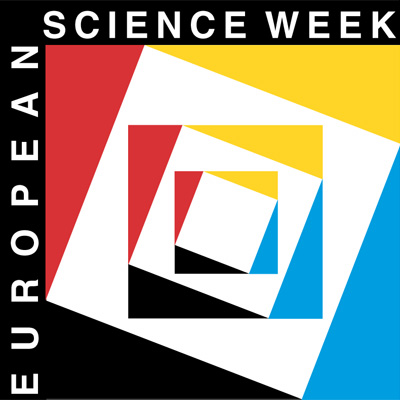

The Venus Transit 2004
... Theme of the Week (November 1 - 7, 2004)
VT-2004 Observing Campaign Results
As will be remembered, the VT-2004 programme set up a unique, international network of observers to observe the Venus Transit event on June 8, 2004. A stated goal of this VT-2004 Observing Campaign was to re-enact the historical determination of the distance to the Sun (the Astronomical Unit) by collecting timings of the four contacts made by these observers and combining them in a calculation of the AU.
Here is a brief overview of the impressive results. All details about the calculations are available in a number of reports, now accessible via the "VT-2004 Observing Campaign Results" webpage.
A large number of groups of observers registered; at the end, there were 2763 all over the world, as shown on this map. Among these were almost 1000 school classes, demonstrating the large interest among students and teachers to participate actively in this unique celestial event. The majority of registrered observers (2427) were located in or near Europe, see this map.
As expected, not all groups delivered timing observations of the transit. In some places, the weather did not co-operate, some observers may have had instrumental problems, e.g., with the time signals, and others may not have felt confident to send in their measurements. Still, the resulting database is impressive: before the stipulated deadline on July 10, 2004, no less than 4550 contact timings were received from 1510 registered observers !
Following extensive analysis of this large material at Institut de Mécanique Céleste et de Calcul des Éphémérides (IMCCE; Paris), we are now able to present the final result of the VT-2004 Observing Campaign to determine the distance from the Earth to the Sun (1 Astronomical Unit):
| Calculated value of 1 AU with uncertainty | Difference from "true" value |
| 149 608 708 km ± 11 835 km | + 10 838 km |
This result is only 0.007% larger than the currently accepted value, as determined by radar measurements ( 1 AU = 149 597 871 km ), a splendid outcome of a truly unique international collaboration!
It is also possible to consider the AU as a known parameter and to introduce the radii of the Sun and Venus as unknowns to be determined from the timing observations. The result is as follows:
| Object | Calculated radius with uncertainty | Difference from "true" value |
| Sun | 695980.7 km ± 806 km | 8.6 km |
| Venus | 6052.3 km ± 7.0 km | 0.5 km |
The excellent outcome of the VT-2004 Observing Campaign indicates that most observers took great care to achieve the best possible accuracy with their respective equipment.
A comparison with the results obtained by transit observations in past centuries shows that the above determination of the distance to the Sun in 2004 is the "best" in terms of accuracy , despite the relative lack of experience of most of the observers and notwithstanding a random distribution of the observing sites, caused by the absence in 2004 of any specific planning as this was done in earlier centuries. This success is undoubtedly due, above all, to more accurate timings and better known geographical locations, better optics in the telescopes, digital image recording and advanced image processing software.
In a nutshell, even if we had not known the distance to the Sun before the Venus Transit 2004, we would have been able to measure it with an accuracy of one hundredth of a percent by means of the observations made on this occasion by the many participants all over the world!
Thank you to all participants - we can be proud of this joint achievement!
